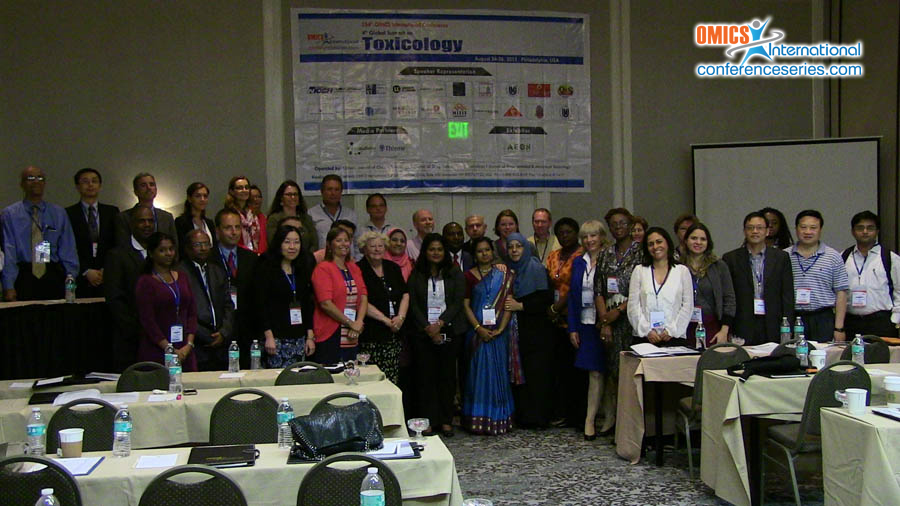
Biography
Biography: Diana Anderson
Abstract
The comet assay measures DNA strand breaks in single cells. Cells in agarose on a microscope slide are lysed with detergentrnand high salt. Electrophoresis results in structures resembling comet tails formed by DNA fragments moving towardsrnthe anode. The assay is used for testing genotoxicity, ecotoxicity, human biomonitoring, molecular epidemiology and basicrnresearch into DNA damage and repair and effects of nanoparticles. This overview will consider examples from the author’srngroup and collaborators. These will include the work on the specificity and sensitivity of the assay for testing genotoxicity, thernwork with DBP halogenated acetic acids for ecotoxins, the work with mother and babies, diabetes and lead-exposed childrenrnfor human bio-monitoring and molecular epidemiology and the work on the drug resistant Non-Hodgkin’s lymphoma patientsrnover-expressing p53 mutant protein and lacking DNA repair for fundamental research, respectively. Most of this work is onrnsomatic human lymphocytes and human sperm. Using sperm, the positive response to oestrogens can be diminished withrnanti-oxidants, suggesting an ROS involvement. Also as age increases in men, so does DNA damage and in both cell typesrnnanoparticles of zinc and titanium dioxide can also produce damage. When modified, it can be used as a blood test to predictrncancer. From a regulatory viewpoint, the assay is regarded as an indicator test, and has been incorporated into guidelines inrnsome countries.
Speaker Presentations
Speaker PPTs Click Here





